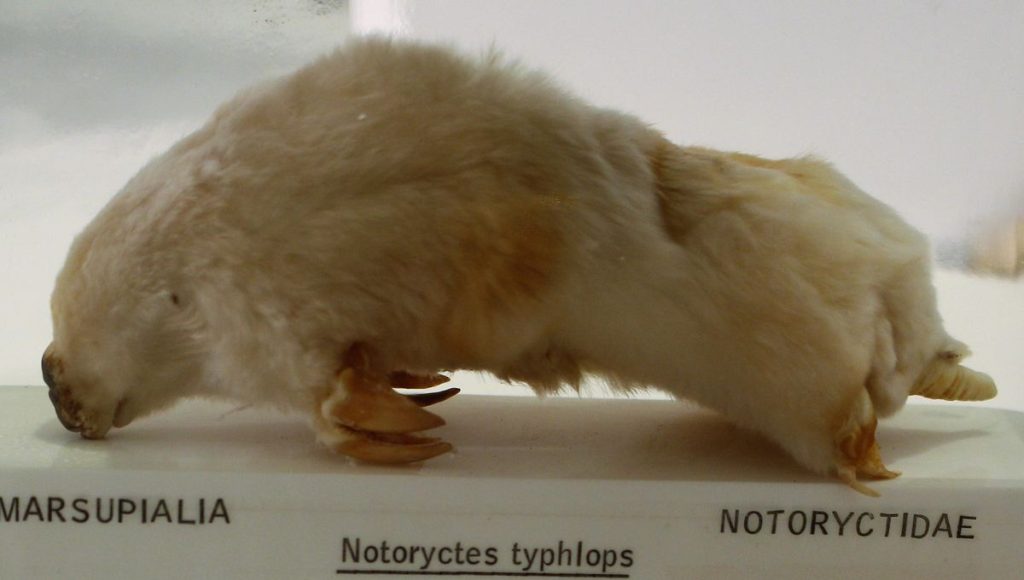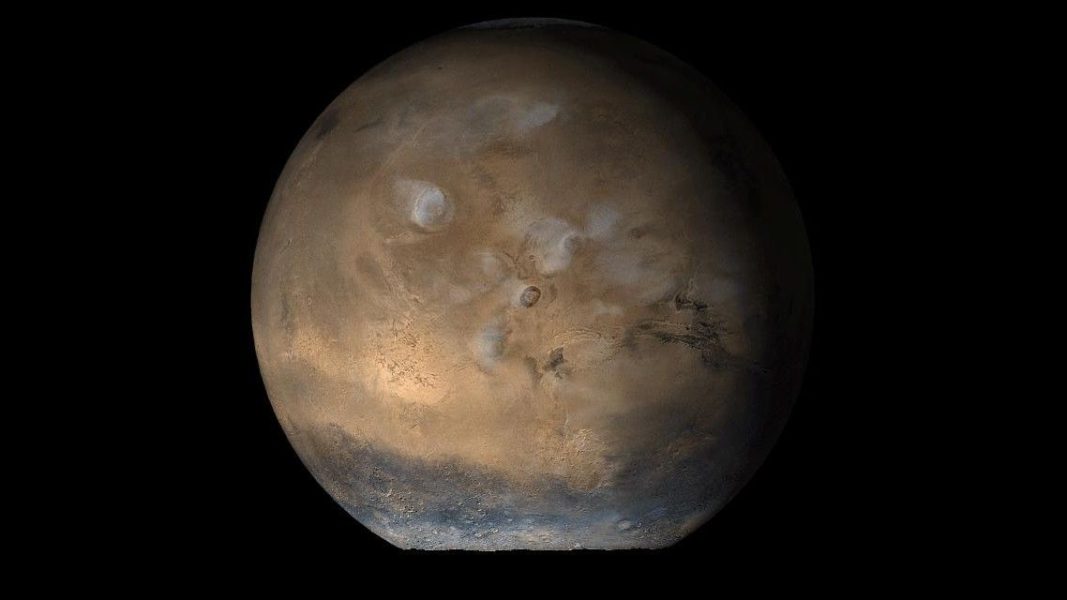DNA Reveals Australian Marsupial Mole Is Even Weirder Than It Looks – IFLScience

CLOSEWe have emailed you a PDF version of the article you requested.Please check your spam or junk folder You can also addnewsletters@iflscience.comto your safe senders list to ensure you never miss a message from us.CLOSEComplete the form below and we will email you a PDF versionGET PDFCancel and go backIFLScience needs the contact information you provide to us to contact you about our products and services. You may unsubscribe from these communications at any time.For information on how to unsubscribe, as well as our privacy practices and commitment to protecting your privacy, check out ourPrivacy PolicyCLOSEComplete the form below to listen to the audio version of this articleListenCancel and go backIFLScience needs the contact information you provide to us to contact you about our products and services. You may unsubscribe from these communications at any time.For information on how to unsubscribe, as well as our privacy practices and commitment to protecting your privacy, check out ourPrivacy PolicyAdvertisementSearchSubscribe today for our Weekly Newsletter in your inbox!Subscribe today for our Weekly Newsletter in your inbox!Holly LargeHolly LargeJr Copy Editor & Staff WriterHolly is a graduate medical biochemist with an enthusiasm for making science interesting, fun and accessible.BookView full profileBookRead IFLScience Editorial PolicyJr Copy Editor & Staff WriterMaddy ChapmanEditor & WriterMaddy is an editor and writer at IFLScience, with a degree in biochemistry from the University of York.BookView full profileBookRead IFLScience Editorial PolicyDOWNLOAD PDF VERSIONSouthern marsupial moles are so rarely seen, finding a usuable picture of one where it isn’t taxidermied is pretty challenging.Image credit: Emőke Dénes via Wikimedia Commons (CC BY-SA 4.0)DOWNLOAD PDF VERSIONThe delightfully bizarre golden nugget that is the southern marsupial mole is one of nature’s most cryptic species. It’s rarely seen, not actually a mole, and has a bunch of unusual traits that until now, scientists have been unable to determine much about. However, thanks to new research that has studied its genome for the very first time, some of its most significant secrets have finally been revealed.To unravel them, a team of researchers first extracted DNA from the tissues of a single southern marsupial mole – also known as itjaritjari to Australia’s Indigenous Aṉangu people – that had been found in the north of Australia and stored at the South Australian Museum.By then sequencing that DNA and examining it in different ways, the researchers were able to make three main sets of discoveries.Southern marsupial moles, which are found in Australia’s central deserts, possess a plethora of strange features: they have non-functioning eyes that are found beneath their skin, females have a backward-facing pouch, and the males are the only marsupials to lack a scrotum. It’s no surprise that they don’t have much use for eyes given they primarily live underground, but studying their genome allowed the team to show that this adaptation came to be through the gradual loss of the genes encoding parts of the eyes, losing the lens, cone, and then rod cell genes.Breathing is also more difficult underground, but it turns out southern marsupial moles have an extra copy of one of their hemoglobin genes, meaning their red blood cells can carry around more oxygen. The authors propose that “the additive pressure of a subterranean lifestyle and high oxygen demands for young in the pouch may have led to the duplication of this gene to support early development.”As for their unusually absent scrotum, the team found the marsupial moles had lost or mutated genes involved in the descent of the testes. This may have evolved “presumably to minimize drag when moving through sand/earth,” the study authors write.Another of the great mysteries behind the southern marsupial mole is where it fits within the marsupials – how is it related to them? To figure this out, the team had to get creative, using a method that examined a group of so-called “jumping genes” known as retrotransposons.As the name implies, these genes can move around the genome and do so by copying and then pasting themselves into a different region. “However, the same gene is very unlikely to jump at random into the same region in two different species,” as study authors Dr Charles Feigin, Dr Stephen Frankenberg, and Professor Andrew Pask explained in an article detailing their findings. “This makes shared transposon insertions a very reliable indicator of shared ancestry.”After comparing retrotransposons between the marsupial mole and other marsupial species, the team found that they were most closely related to bandicoots and bilbies, with their common ancestor existing around 60 million years ago.The genome can also be an indicator of the state of a species’ genetic diversity over the course of time, something researchers have previously known little about when it comes to the southern marsupial mole.The study revealed that before around 100,000 years ago, genetic diversity was stable. Then, just over 70,000 years ago, it began to decline. Instinct might lead us to assume humans may have been involved, given we’ve managed to leave our mark on genetic diversity elsewhere.For once though, it doesn’t appear our ancestors were to blame – humans didn’t arrive in Australia until after the decline began. Instead, the team suggests that climactic changes that occurred at the beginning of the Last Glacial period may have been to blame.Regardless of the cause, the discovery of a drop in genetic diversity is a significant one to have made.“Genetic diversity is vital for a species’ health and its ability to adapt in a changing world,” Feigin, Frankenberg, and Pask write. “Our work shows that just because the marsupial mole is often out of sight, it shouldn’t stay out of mind.”The study is published in Science Advances.evolution,genomics,animals,australia,marsupialslink to articlelink to articlelink to articleAdvertisementAdvertisementAdvertisementlink to articlelink to articlelink to articleSign up today to get weekly science coverage direct to your inbox© 2025 IFLScience. All Rights Reserved. RSS
Source: https://www.iflscience.com/dna-reveals-australian-marsupial-mole-is-even-weirder-than-it-looks-77483





